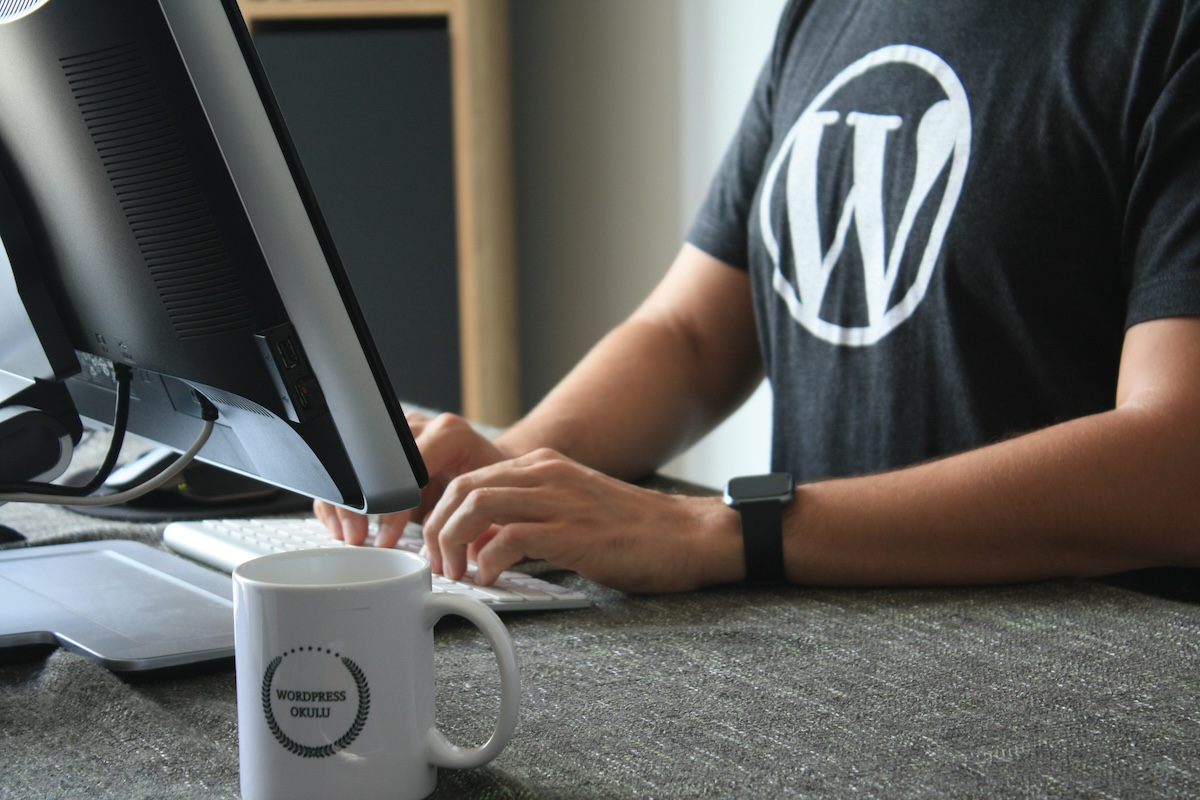
How to Update a Theme in WordPress: Complete Guide
Keeping your WordPress theme up-to-date matters for several reasons. Not only do theme updates often bring new features and templates, but they also include security patches for identified vulnerabilities and enhance compatibility with the latest version of WordPress. And if you use plugins, you’ll need to make sure your theme is update to make sure […]
Read More… from How to Update a Theme in WordPress: Complete Guide








